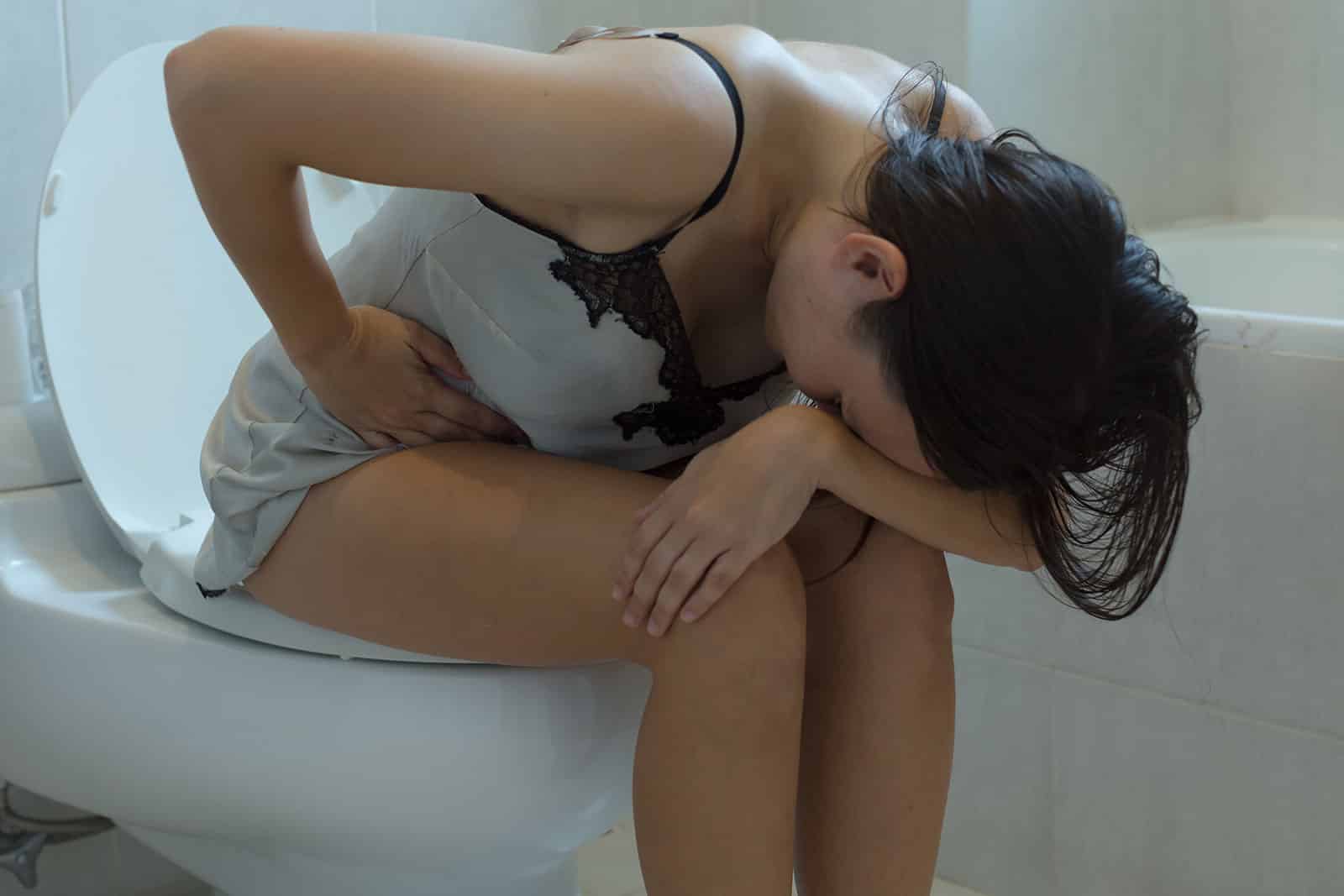Detox, also known as detoxification, is the first stage in the recovery process for most drug and alcohol addictions. This is where the body is cleansed of the dangerous substances that are polluting it.
One of the biggest obstacles to recovery is the fear of the withdrawal process. Many drug and alcohol addicts will continue their addictive behavior long after they want to quit, simply to avoid the detox process and painful symptoms that accompany the withdrawal. Some even try to detox from their addictions at home, suffering through days of discomfort and violent withdrawal only to go back to abusing drugs and alcohol to relieve the pain.
All substances have different withdrawal symptoms that feel different to different people.
- Which drug was being used
- If a mix of different drugs were being used
- How often do you use the drugs
- How much of the substance the user took
- The presence of underlying co-occurring mental health conditions
- The user’s medical history
- The user’s age
- The user’s gender
When going through detox, there is really no definite answer as to how long you will be detoxing or how bad it will be. There are countless factors that determine your length of detox and the overall severity.

Table of Contents
- 1 Withdrawal Symptoms for Most Commonly Abused Drugs
- 2 Alcohol
- 3 Barbiturates, Sleeping pills
- 4 Benzodiazepines
- 5 Marijuana
- 6 Opioids, Heroin
- 7 Stimulants (Cocaine, Meth)
- 8 Benzodiazepine withdrawal symptoms are painful
- 9 What is the most painful drug to detox from?
- 10 Allure Detox is Here to Help With Detoxification
Withdrawal Symptoms for Most Commonly Abused Drugs
Here is a list of different substances, their usual withdrawal symptoms, and the usual length it takes to leave your body:
Alcohol
First 24 hours – 2 days -Withdrawal symptoms begin, such as anxiety, insomnia, and shaking.
3 – 5 days – Symptoms peak within 72 hours. Seizures, fever, and hallucinations may occur.
The first week – Physical symptoms of withdrawal start subsiding.
After the first week – cravings that can be managed with treatment
Barbiturates, Sleeping pills
First 24 hours – 2 days -Some symptoms like anxiety, insomnia, shaking, or circulation problems may begin within hours.
3 – 5 days – Depending on the strength of the dose and severity of abuse, symptoms may peak after the first few days.
The first week – for some, withdrawal symptoms may be delayed, beginning a week or more after the last dose.
After the first week – insomnia worsens and may need to be treated
Benzodiazepines
The first 24 hours – 2 days -Irritability, nausea, headache, and muscle pain are early symptoms.
3 – 5 days – Depending on the strength of dose, peak symptoms may include anxiety, irritability, shaking, restlessness, and palpitations.
The first week – insomnia
After the first week – Severe withdrawal may last 10 to 14 days and include some weight loss, difficulty concentrating, and changes in perceptual abilities.
Marijuana
First 24 hours – 2 days -Staying hydrated, eating healthy foods, and exercising can ease initial symptoms of withdrawal.
3 – 5 days – Withdrawal symptoms include mood changes, reduced appetite, headaches, insomnia, and stomach problems.
The first week – Mental symptoms like irritability, loss of focus, drug cravings, and increased feelings of depression may occur.
After the first week – Most symptoms should abate after the body resumes normal production of its own THC.
Opioids, Heroin
First 24 hours – 2 days -Withdrawal depends on how fast-acting the opioid is. Heroin withdrawal may begin after a few hours and include muscle pain, anxiety, teary eyes, runny nose, sweating, insomnia, and frequent yawning.
3 – 5 days – Peak of symptoms include diarrhea, nausea, vomiting, abdominal cramping, goosebumps, blurry vision, and rapid heart rate.
The first week – Symptoms taper off but may still experience digestive issues, loss of appetite, dehydration, or seizures.
After the first week – Severe addiction, insomnia, irritability, cravings, sweating, anxiety, and depression may persist for 6 or more months.
Stimulants (Cocaine, Meth)
First 24 hours – 2 days -Initial withdrawal “crash” may include fatigue, body aches, irritability, and altered mood.
3 – 5 days – Brain damage caused by drug abuse may lead to depressive or psychotic symptoms.
The first week – Lethargy, erratic sleep, intense drug cravings, depression, and poor concentration may continue.
After the first week – Drug cravings are the most persistent symptoms of stimulant withdrawal and may continue for months.
Going through detox from any drugs is not a walk in the park but some may be more painful than others. What determines how painful the drug detox will be is usually how long it lasts and how long it lasts is determined by how long it stays in your bloodstream. They can be categorized either as Short Half-Life vs. Long Half-Life Drugs. Short half-life drugs tend to take action quickly, and their effects may wear off rapidly as well. Drugs with longer half-lives remain active for 12-24 hours.
Some examples of drugs with a short half-life:
- Cocaine – less than 1 hour
- Heroin – 30 minutes
- Marijuana – 2-4 hours
- OxyContin (oxycodone) – 3-5 hours
- Valium (diazepam): short-acting benzodiazepine (benzo) – 2-4 hours
Drugs that have a long half-life include:
- Xanax (alprazolam): A longer-acting benzodiazepine – 11 hours
- MDMA – up to 7 hours
- Methamphetamine (meth) – 12 hours
- Methadone: One of the longest-acting opioid drugs, the prescription drug methadone has an elimination half-life of 8-59
- PCP (phencyclidine) – 21 hours
Clearly the longer the drug is in your system the longer the detox, therefore, the more pain you are going to be in. The drugs with the most physical withdrawal symptoms are opiates and benzos.
Benzodiazepine withdrawal symptoms are painful
Benzodiazepines are a group of central nervous system depressants used to treat anxiety, insomnia, and seizures. Benzodiazepines (or benzos as they are often called) are among the most commonly prescribed medications in the country. There are several different types of benzos sold under popular brand names like Valium, Xanax, and Klonopin.
Physical withdrawal symptoms from benzodiazepines can include:
- Hyperventilation
- Troubled sleeping (nightmares, waking in the night)
- Muscle spasms
- Loss of appetite
- Weight loss
- Sweating
- Headaches
- Tremors
- Dizziness or unsteadiness
- Muscle aches and pains
- Blurred vision or other visual disturbances
- Grand mal seizures
Opiates are a type of narcotic drug that acts as depressants on the central nervous system (CNS). Opiates come from opium, which can be produced naturally from poppy plants or derived from semi-synthetic alkaloids.
Some of the most common opiate withdrawal symptoms include:
- Prescription painkillers
- Morphine
- Codeine
- Hydrocodone
- Vicodin
- Oxycodone
- OxyContin
- Percocet
- Heroin
What is the most painful drug to detox from?
The most painful detox has to belong to the long-acting opiate methadone. Opiate withdrawal symptoms may range from mild to severe, depending on how dependent the individual is on an opioid drug.
Dependency can be tied to the length of time taking a particular drug, dosage amount, which drug was taken, how the drug was taken, underlying medical conditions, the co-occurring presence of a mental health issue, and certain biological and environmental factors, such as a family history of addiction, previous trauma, or highly stressful and unsupportive surroundings. Withdrawal from an opioid drug may vary from person to person.
EARLY WITHDRAWAL SYMPTOMS
Within 30 hours for longer-acting ones:
- Tearing up
- Muscle aches
- Agitation
- Trouble falling and staying asleep
- Excessive yawning
- Anxiety
- Nose running
- Sweats
- Racing heart
- Hypertension
- Fever
LATE WITHDRAWAL SYMPTOMS
These peak within 72 hours and usually last a week or so:
- Nausea and vomiting
- Diarrhea
- Goosebumps
- Stomach cramps
- Depression
- Drug cravings
Because methadone is a long-acting opioid, the drug can remain active from anywhere between 8 and 59 hours, which means that withdrawal comes on more slowly and lasts longer.
Acute methadone withdrawal symptoms can last up to 14 days, but many people also experience post-acute withdrawal symptoms for months after their last dose.
Allure Detox is Here to Help With Detoxification
No matter what you are detoxing from Allure Detox provides you with much more than the bare minimum. Of course, we help clients stop using safely – that’s just a given. Almost as important as that, though, is that we offer clients the foundation for a lifetime of relief and recovery.
That’s the Allure Detox promise: that patients leave our care with more than good health at their disposal. Our focus is on minimizing your withdrawal symptoms to a comfortable level while beginning the comprehensive treatment process that will keep you sober.

